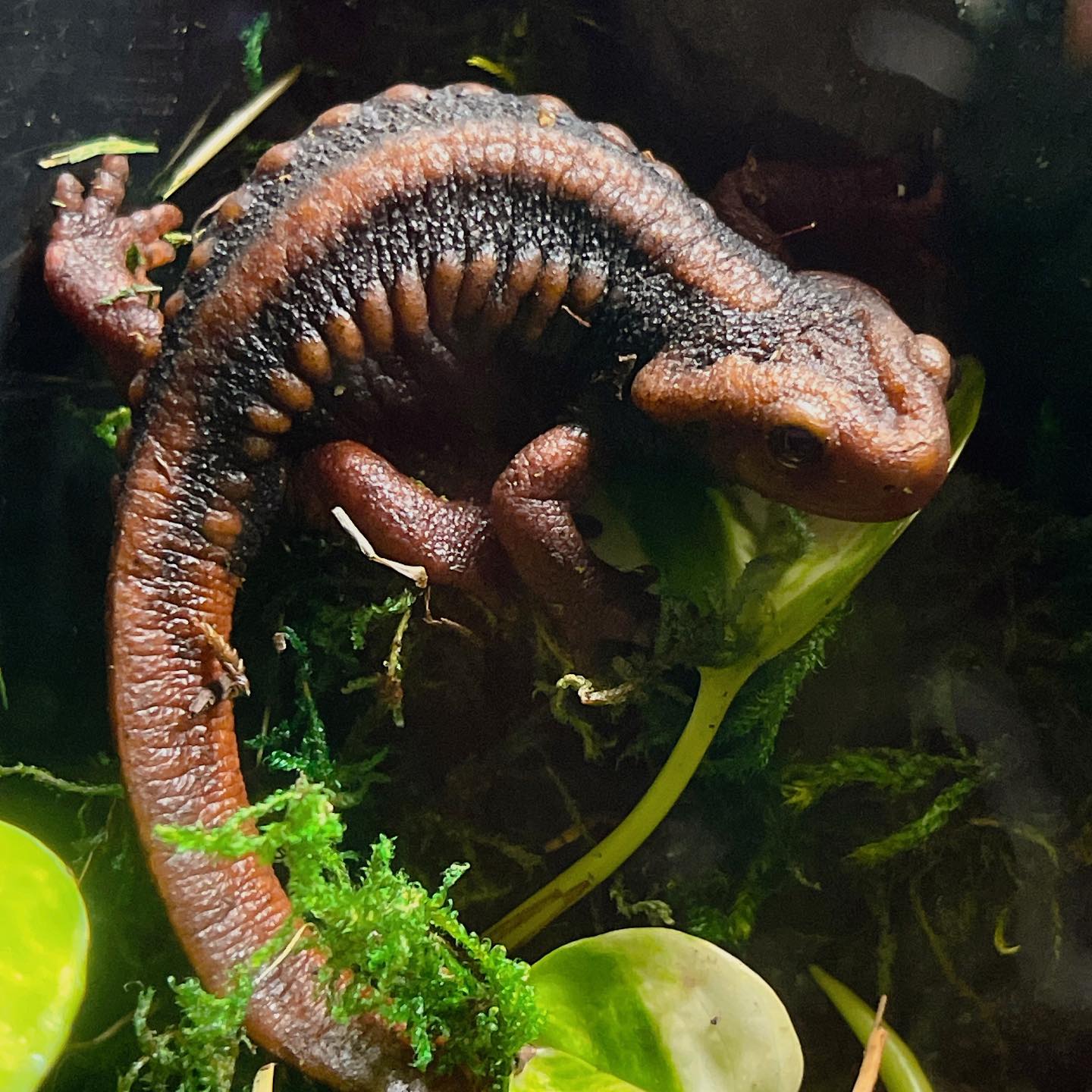Summary:
1. The Emperor Newt: A Case of Misnaming
2. The Groovy Appearance of Emperor Newts
3. The Chemical Defense Mechanism of Emperor Newt
4. Other Fascinating Features of Emperor Newt
5. Emperor Newt Conservation Efforts
The world of nature never ceases to amaze us with its diversity of creatures, and one such intriguing species is the Emperor Newts. Before we dive into the fascinating aspects of these creatures, we must address a puzzling misconception. No, the movie we’ve all come to know and love as “The Emperor’s New Groove” is not about Emperor Newts. But don’t worry; these incredible amphibians have a grooviness that deserves our attention.
First and foremost, let’s get the name confusion out of the way. Emperor Newts, scientific name Tylototriton Shanjing, is not the ruler of an enchanted empire, as one might be led to believe. They are a species of newts belonging to the family Salamandridae. While the name may be a misnomer, we cannot deny these creatures’ unique charm.
One of the most striking features of Emperor Newts is their groovy appearance. With ridged ridges and vibrant orange hues adorning their heads and sides, these amphibians are quite the sight to behold. Their colorful and patterned skin serves a greater purpose than pure aesthetics. It acts as a defense mechanism against potential predators.
Emperor Newts possess skin that excretes toxins, which serve as a formidable deterrent for would-be attackers. These toxins, known as tetrodotoxins, are highly potent and can cause paralysis or even death in animals that dare to bite. It’s nature’s way of saying, “Hey, predators, you better think twice before munching on me!”
The unique chemical defense mechanism of Emperor Newts is intriguing on many levels. These creatures can produce toxins, which is rare among amphibians. While their toxic nature is designed to protect them, it also poses a challenge for researchers studying these fascinating creatures. Careful precautions must be taken when handling Emperor Newts to ensure the researchers’ and animals’ safety.
Beyond their chemical defense, Emperor Newts boasts a range of other captivating characteristics. For instance, did you know that they have fascinating breeding behavior? During the mating season, male Emperor Newts develop striking black and white patterns on their backs, resembling intricate calligraphy. These flashy displays attract females as if saying, “Look at my exquisite patterns; don’t you find me irresistible?”
The reproductive habits of Emperor Newts are equally fascinating. After courtship, the female lays her eggs on land, typically in leaf litter or moss. Once the eggs are laid, the male diligently guards the nest, ensuring their safety until they hatch into aquatic larvae. This level of parental care is uncommon among amphibians and adds to the allure of these charismatic creatures.
While Emperor Newts may possess an enchanting range of features, their populations face multiple threats in the wild. Habitat loss, pollution, and over-collection for the exotic pet trade are some of the main challenges they encounter. To protect and conserve these groovy amphibians, various efforts are underway.
Conservation organizations and researchers are working diligently to study and understand the biology and ecology of Emperor Newts. Through this knowledge, they aim to formulate effective conservation strategies, including habitat preservation and establishing protected areas. Public awareness campaigns also play a vital role in educating people about protecting these unique species and their fragile habitats.
In conclusion, despite the unexpected naming confusion, Emperor Newts is an extraordinary species deserving our attention. Their groovy appearance, coupled with their remarkable chemical defense mechanism, makes them stand out among the many inhabitants of the natural world. However, we must take action to protect their habitats and ensure their conservation. By doing so, we can continue to marvel at the wonders of these nature’s treasures—the Emperor Newts.
*****
Source Description
Wait, that movie isn’t called The Emperor Newt’s Groove? 👀 🦎
These amphibians are pretty groovy, with their ridged orange head and sides. Their skin doesn’t just look cool, though—it helps protect them. Emperor newts’ skin excretes toxins to defend themselves from would-be predators.
📸 Bryan Summerford


